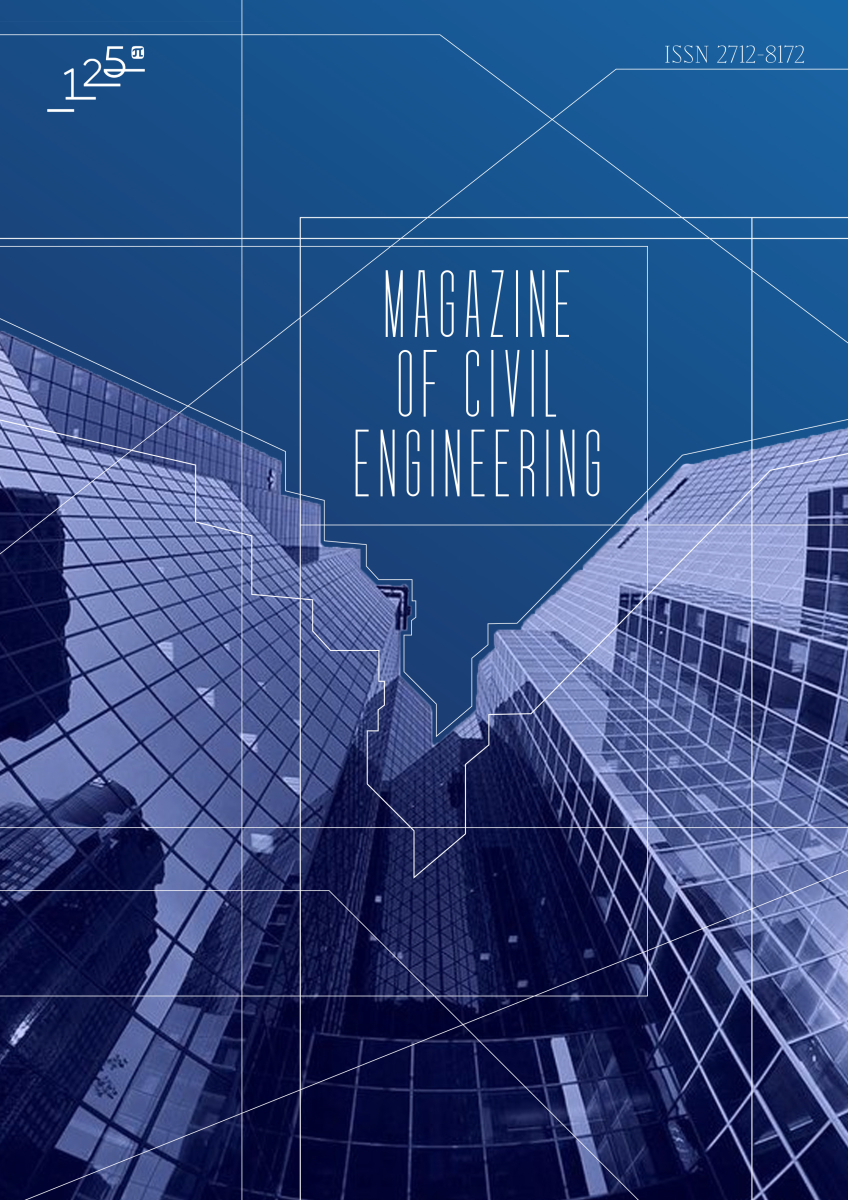Improving the efficiency of cleaning metal pipes of the sewerage system of the city of Yerevan
About 2,200 km3 of wastewater is discharged into the environment annually: municipal (including households), industrial and agricultural (including drainage water). At the same time, as indicated in the UN World Report on the State of Water Resources for 2023. Over the past 40 years, global water use has been increasing by about 1 % per year and is expected to grow at this rate until 2050 as a result of the combined impact of factors such as population growth, socio-economic development and climate change consumption patterns. With increasing consumption of water resources, the volume of their pollution increases, which creates serious environmental, economic and social problems. In this regard, the preservation of water and food security through sustainable management of water resources, universal quality provision of water supply and sanitation services are global problems all over the world and require an integrated approach involving government agencies, private business, academia and public organizations. The water supply and sewerage industry has an extremely important social character, as it directly affects the health of the population and the environment. This requires the use of new effective environmentally friendly technologies for cleaning blockages and improving the mechanical characteristics of sewer pipelines, which will significantly increase their service life and reduce repair costs. The conducted studies have proved the effectiveness of using small–sized ultrasonic devices with an ultrasonic generator with a power of 0.1–10 kW, a frequency of 20–40 kHz, and a magnetostrictive transducer.


